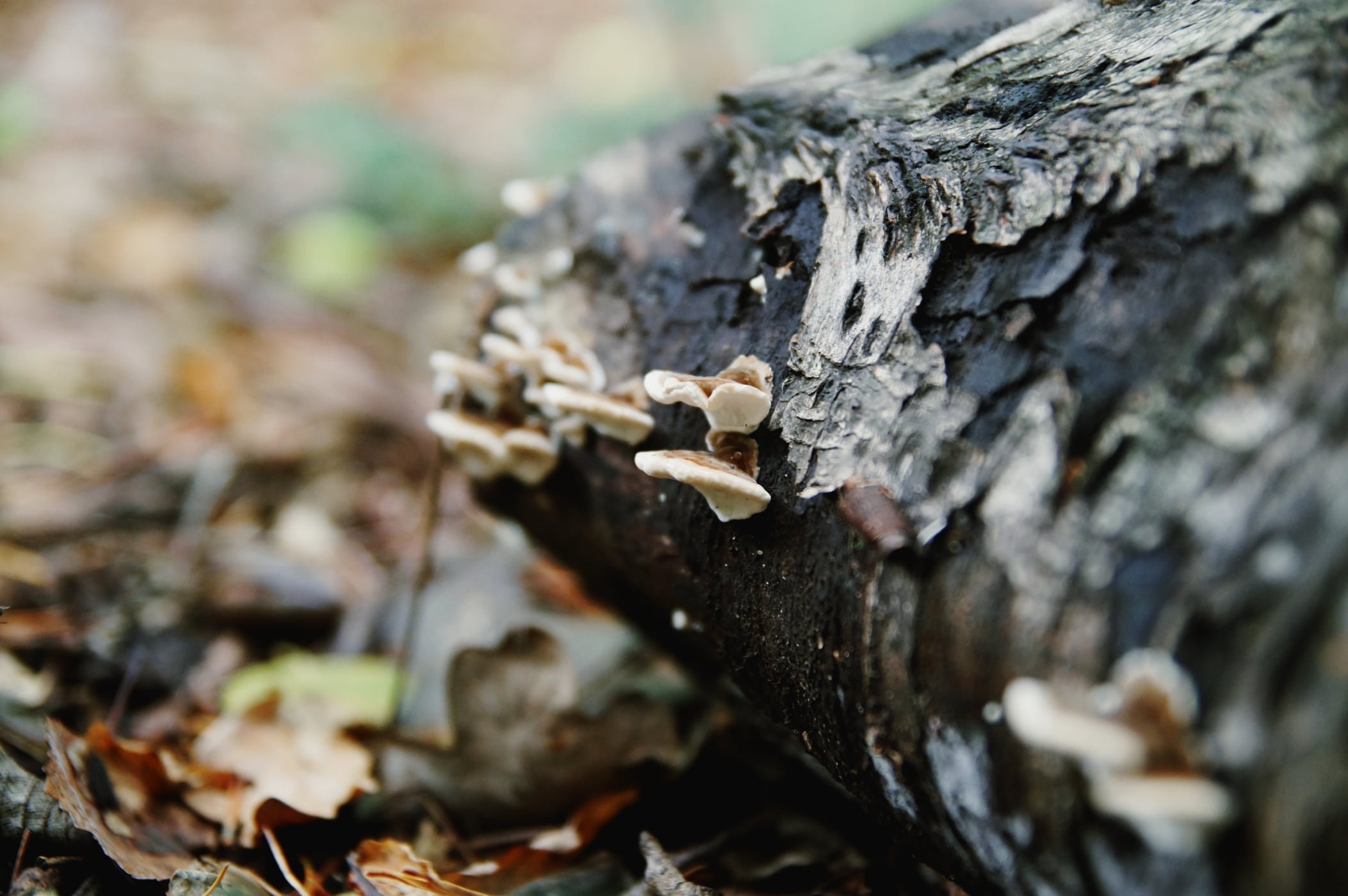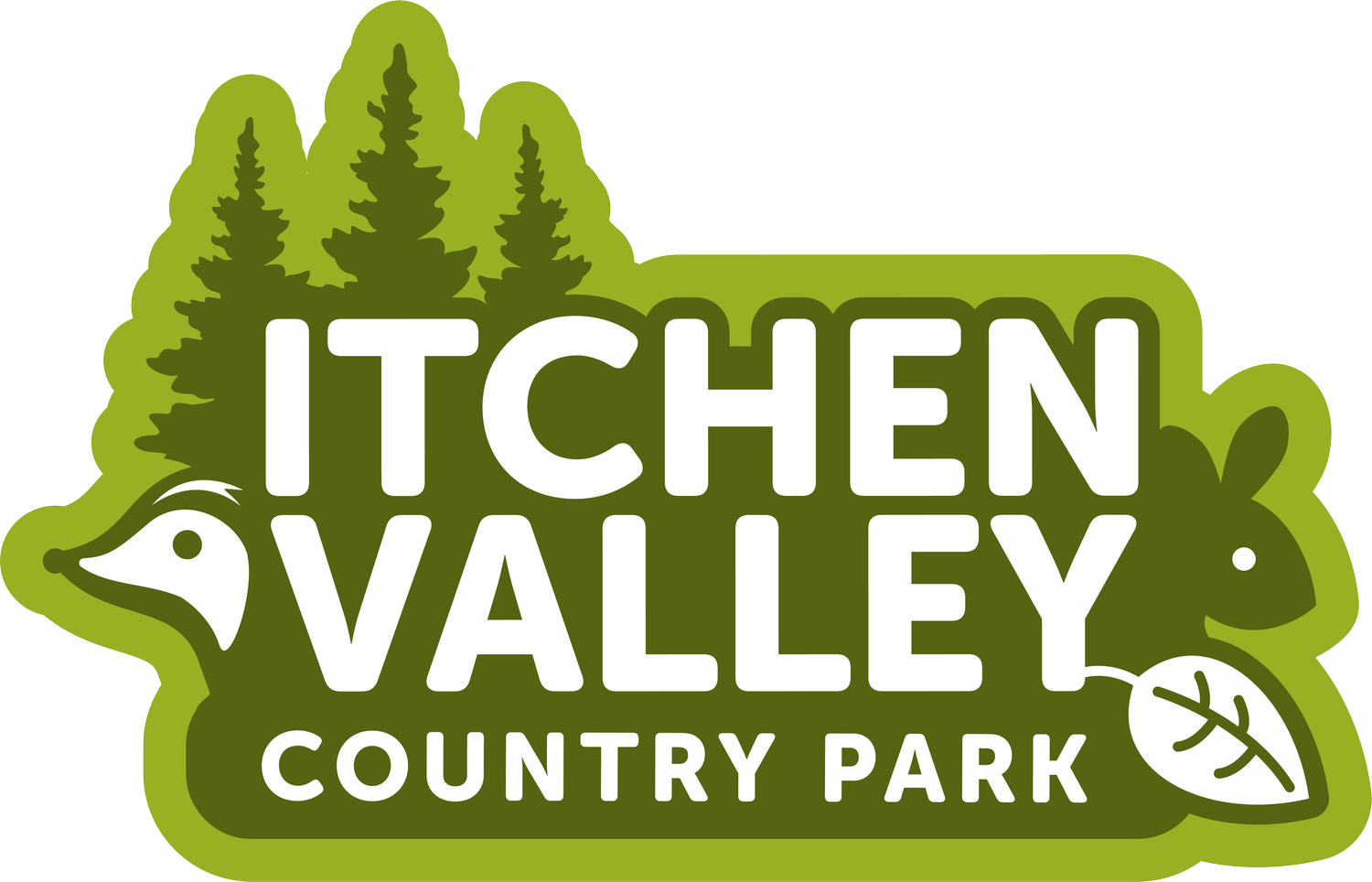
Wildlife, habitat and heritage
Itchen Valley Country Park is rich in heritage, and has a wide range of animal and plant life
Woodland nature reserve
In the early 60s, before we owned the land, much of the ancient woodland on the Itchen Valley Country Park site was clear-felled. Two-thirds were replanted with Scots Pine, Corsican Pine and Western Red Cedar to produce commercial timber.
Amongst the conifers, there are areas of broad-leaved trees where the ancient woodland still survives. Wildlife thrives in ancient broad-leaved woodland so the conifers are being thinned to let the light in and encourage the broad-leaves to spread.
After the clear-felling, one third of the woodland was left to regrow and became what is now the Woodland Nature Reserve. This woodland has been coppiced for centuries to supply the local community with firewood, building and craft materials. This form of management also creates excellent conditions for wildlife and so is continued today. Trees such as Ash, Hazel and Alder are cut to the ground in winter leaving a coppice stool from which new shoots sprout and grow into thin straight poles. Taller trees, known as standards, are left to grow to maturity providing larger timber. Today the wood is sold to make paper or charcoal.
The water meadow
The River Itchen meanders through the centre of the Park. Views along the River can be enjoyed from the bridge, but the banks themselves, owned by Lower Itchen Fisheries, can't be accessed.
The Council bought the 100 hectares of floodplain beyond the river in 1979 and declared the area a Nature Reserve. Over 100 species of bird have been recorded, and the area is particularly attractive to warblers including Sedge Warbler and Whitethroat.
The water meadows to the west of the river are accessible by the public and are managed as a Nature Reserve. They are nationally and internationally designated
(SSSI - Site of Special Scientific Interest and SAC - Special Area of Conservation) in recognition of both habitat and species; otters and water voles are present, as well as significant numbers of over-wintering birds. The ditches support many invertebrates including the nationally rare Southern Damselfly.
The water meadows also have areas rich in plant life. Wild flowers such as the Southern Marsh Orchid and Water Avens can still be found in places that escaped agricultural improvement. A specific Management Plan has been developed for the water meadows.
Grassland and meadows
A large proportion of Itchen Valley Country Park is grassland or meadow. Some of these areas are managed by grazing in the spring and summer and others are managed as wildflower meadows with a late summer hay cut. Many of these areas are enclosed by hedgerows that are managed to maintain and enhance their biodiversity.
The Itchen Navigation
The Itchen Navigation was constructed in the late 17th Century to allow the transport of cargo on barges between Winchester and Southampton. The remains of four locks lie within our park boundary. Its commercial role finally ended in the 1850's with the arrival of the railways and some areas have been dry for many years. In 2009 Mansbridge Lock was partially restored and the canal south of the motorway was cleared.


